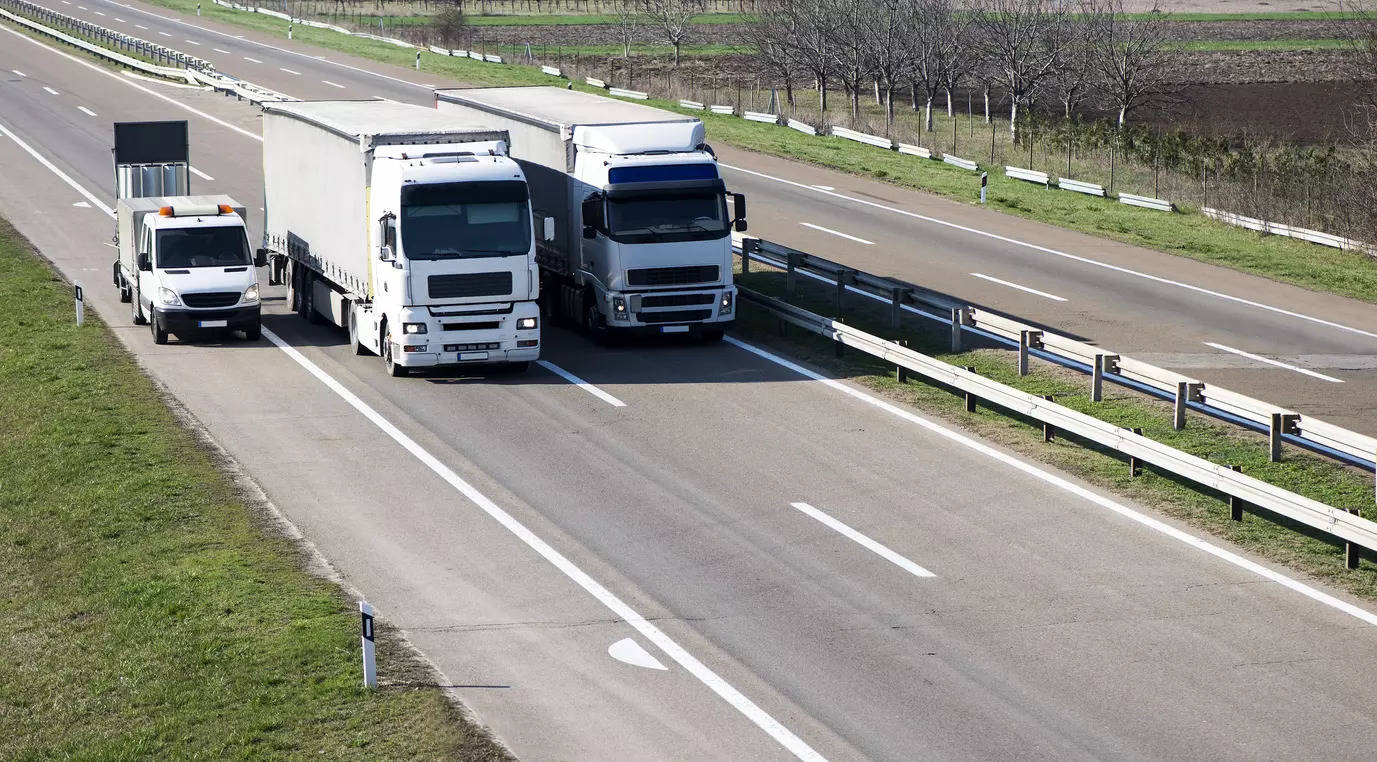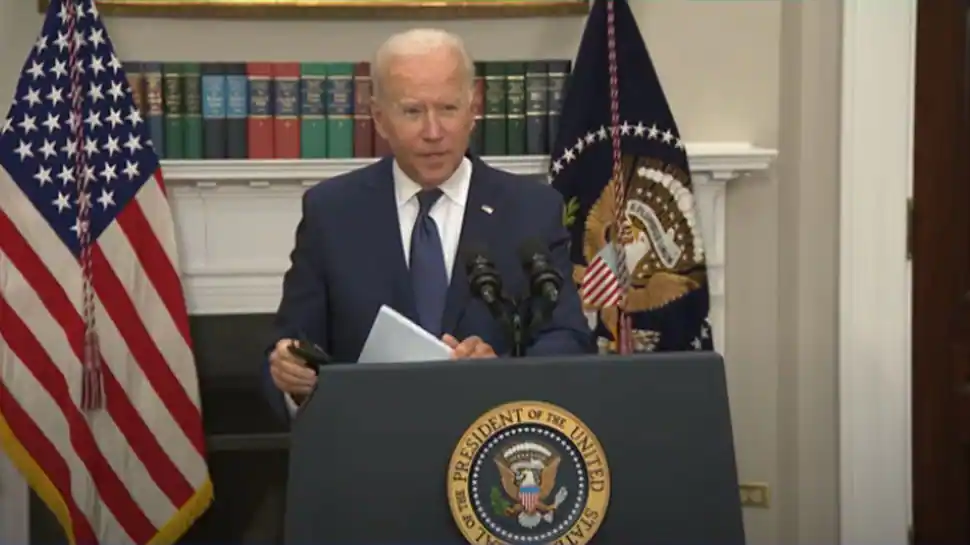
New Delhi: As India makes the right moves towards reducing emissions in road freight movement, it is pertinent to mention that much progress has already been made in the light commercial vehicle (LCV) segment.
Tata Motors has launched ACE EV, the electric LCV which it claims offers a certified range of 154 km. This product is being used by Amazon, Delivery, DHL (Express & Supply Chain), FedEx, Flipkart etc for last mile, intra-city delivery.
Altigreen, the cargo electric three wheeler manufacturer, has launched a product called ‘neEv Tez’ for last mile transport.
Founder Amitabh Saran said that neEv Tez can be fully charged in less than 15 minutes and has an 85 km driving range when fully loaded. “We have one hour and three hour charging solutions too. The 3-hour vehicle range is 120-130 km fully loaded, on road. This is the normal Neev slow charge vehicle”.
With its multiple options for charging, neEV Tez can be used by customers for 20 hours every day for two shifts; for delivery to customers during day time and for hub-to-hub transfers during the night.
Ashok Leyland has the ‘Boss’ range of vehicles for last mile and intra city deliveries.
Thus, at least the LCV segment has become an early adopter of the zero emission slogan within the commercial vehicle space.
Now, the World Economic Forum has announced the setting up of a zero emission road freight cluster. This would be the first such cluster anywhere in the country, supported by the Ministry of Ports, Shipping and Waterways as well as the NITI Aayog.
The aim of this zero emission freight corridor is to bring together the government and the private sector to deploy over 550 zero-emission trucks in select road corridors along Gujarat and Maharashtra.
These two states have been chosen for the first zero emission cluster due to their large share in the country’s total road freight movement. Gujarat and Maharashtra account for a combined GDP of USD 700 billion and ports in these states handle about 50% of India’s total volume of cargo
While the intention is noble, even for electric goods vehicles to ply on this corridor, an entire changing infrastructure must come up.
Ashok Leyland, one of India’s biggest commercial vehicle OEMs, pointed out, “The development of zero-emission freight corridors in states like Gujarat and Maharashtra is undoubtedly a positive step toward helping India achieve its overall net-zero emissions goal. These corridors have the potential to contribute significantly to India’s efforts to reduce its carbon footprint and combat climate change. By relying on electric or hydrogen-powered vehicles and sustainable transportation methods, these corridors directly support India’s net-zero emissions target by reducing greenhouse gas emissions associated with freight transport. They also promote energy efficiency, contribute to improved air quality, stimulate economic growth, and foster technological advancements in the green transportation sector.”
On its part, Ashok Leyland is focused on product decarbonization, as over 90% of emissions in the automotive industry occur during the customer use phase. The company’s aim is to achieve carbon neutrality in operations by 2030. It is also laying particular emphasis on logistics decarbonization, with efforts already underway to reduce emissions in the supply chain and operations. On the product side, there is always the ‘Boss”.
“In terms of product offerings, Ashok Leyland is progressing towards providing more sustainable options, including alternative fuel vehicles and electric vehicles like the ‘Boss’ Battery Electric vehicle,” the company said.
As for Tata Motors, it is believed to be working on a hydrogen internal combustion engine, fuel cell electric and electric vehicle technologies. The company did not respond to queries on zero emission vehicles.
Government can handhold industry:
One way is to offer production linked incentives to build green M&HCVs. Ashok Leyland pointed out that the Faster Adoption of Faster Adoption and Manufacturing of (Hybrid &) Electric Vehicles (FAME) scheme incentivises production of buses and this has accelerated the adoption of electric vehicles in public transport.
“A similar approach for private segments, especially the truck industry, would pave the way for the early adoption of ZET (Zero Emission Trucks). FAME II offers INR 10,000 per kWh for LCVs and INR 20,000 per kWh for public transport buses. The same quantum per kWh subsidy can be extended to M&HCV trucks without any cap as the logistics sector is operating with thin margins. This should reduce the cost of acquisition and help in achieving early total cost of ownership parity for ICE,” the company proposed.
Anil Joshi, Managing Partner, Unicorn India Ventures, points to the second hurdle in meeting zero emission targets for the trucking industry: provide enough CNG stations and charging points across highways. “To meet the zero emission deadline the government needs to work on building both CNG stations and charging points for vehicles to get charged or fill CNG to run the vehicle. Even if we have vehicles they can’t be operated without refill stations or charging points.”
Joshi spoke about his recent travel to the interiors of Rajasthan, from Jaipur, using a CNG vehicle. He said the network of CNG stations was “good” for nearly 100 km but none existed beyond this.
Similarly, while there is a good charging infrastructure for EVs in metro cities and even mini metros, it still needs to be developed in more remote areas.
Yet another spoke in the zero emission trucking wheel is the absence of extended financing options to support early adoption of ZET. Ashok Leyland said financial institutions need to be incentivised for this. “To promote Zero Emission Transportation (ZET), incentivizing financial institutions for extended financing and providing electricity cost subsidies for competitive charging rates are essential. A focus on battery safety, waste management, and raw material supply is crucial. Additionally, supporting the CV industry in transitioning to zero emissions aligns with economic and industrial development goals. Investment in R&D and clean energy manufacturing fosters innovation and job creation, enhancing global competitiveness and economic growth,” the company said.
Last, but not the least, regulatory mandates and purchase subsidies are also proven ways of catalysing the shift towards electric and CNG trucks.
( This is Part 2 of the two-part series on achieving net zero emission in road freight movement.)
















